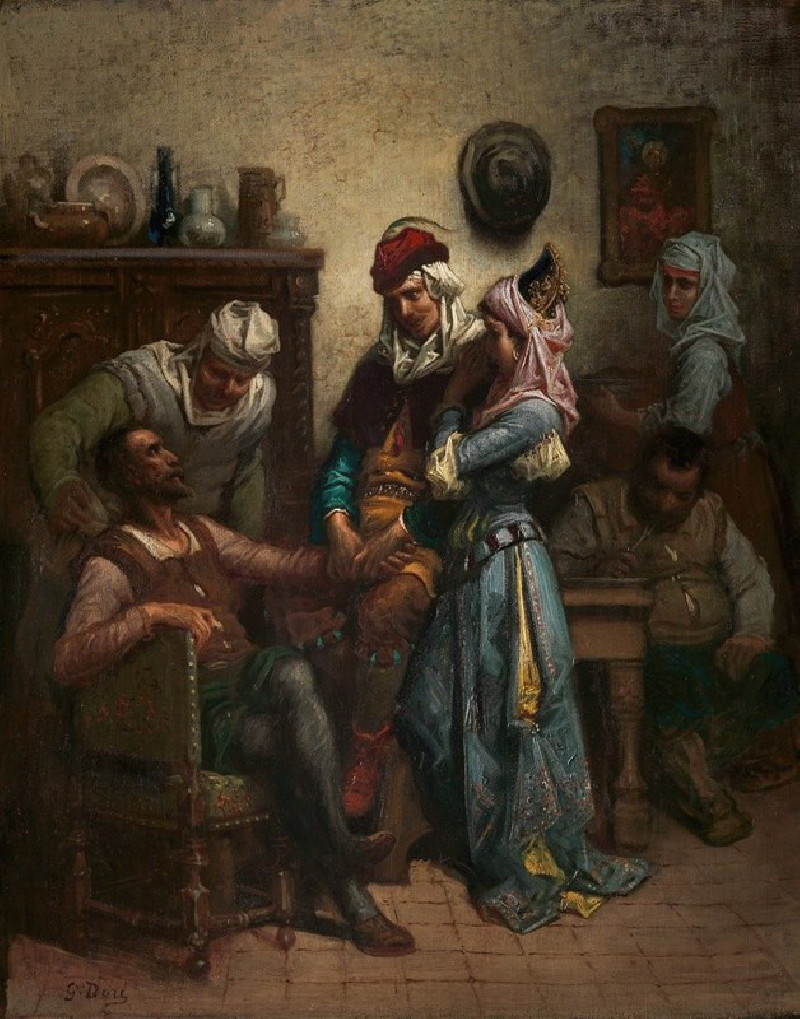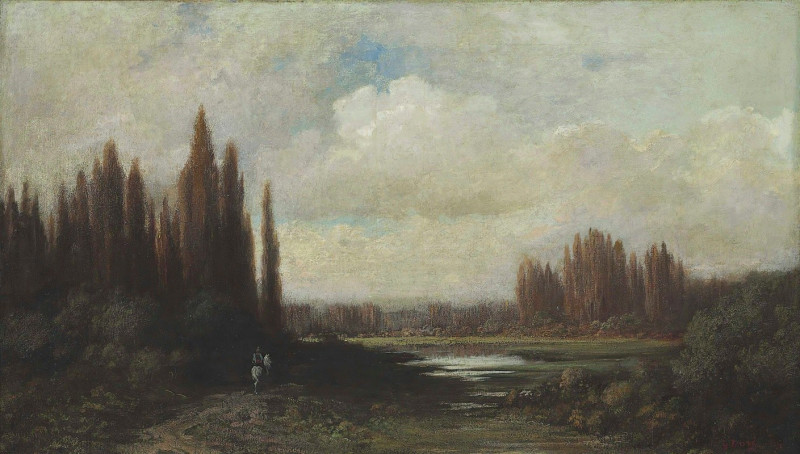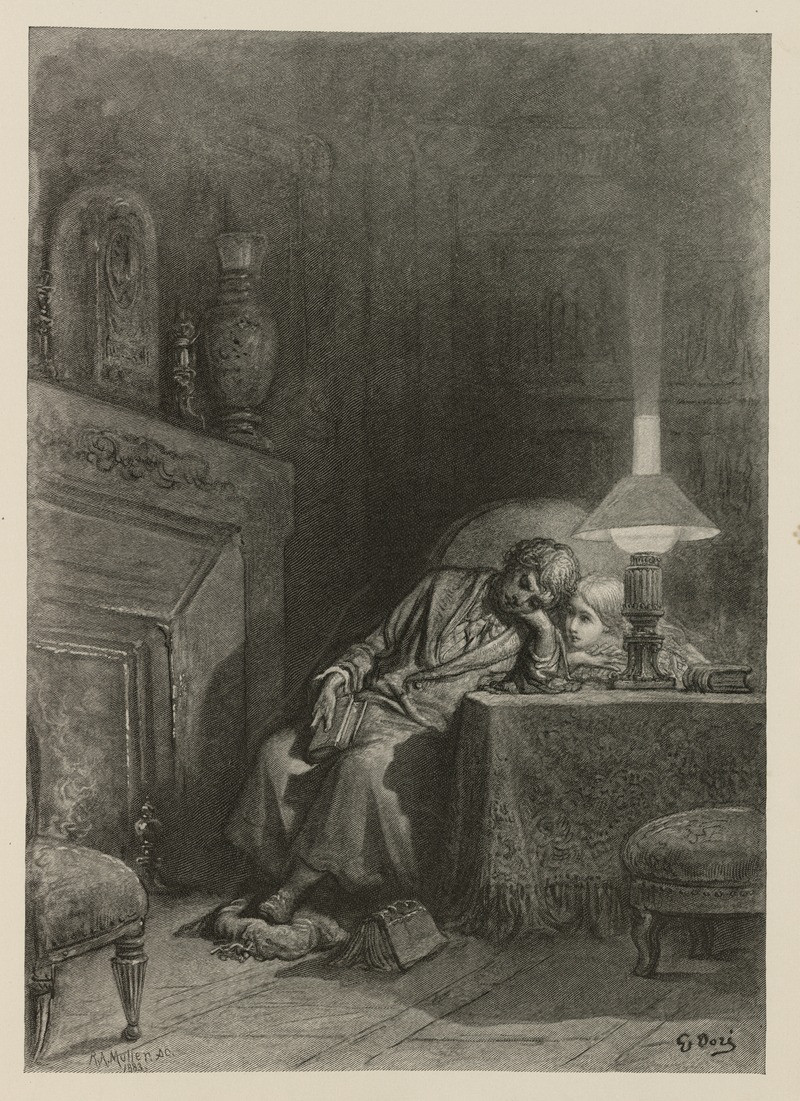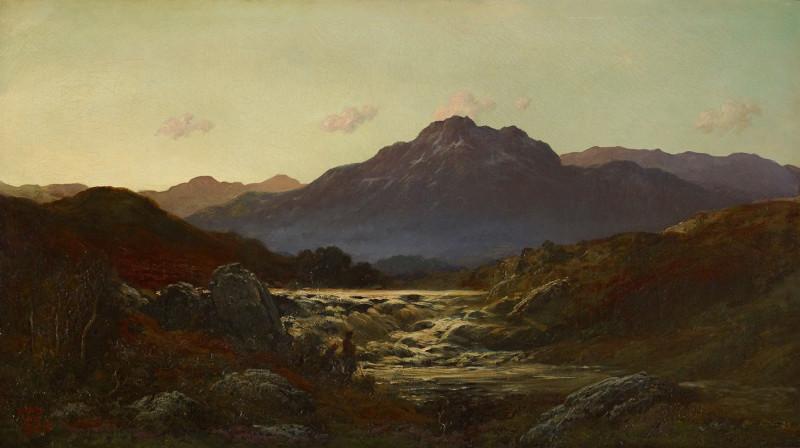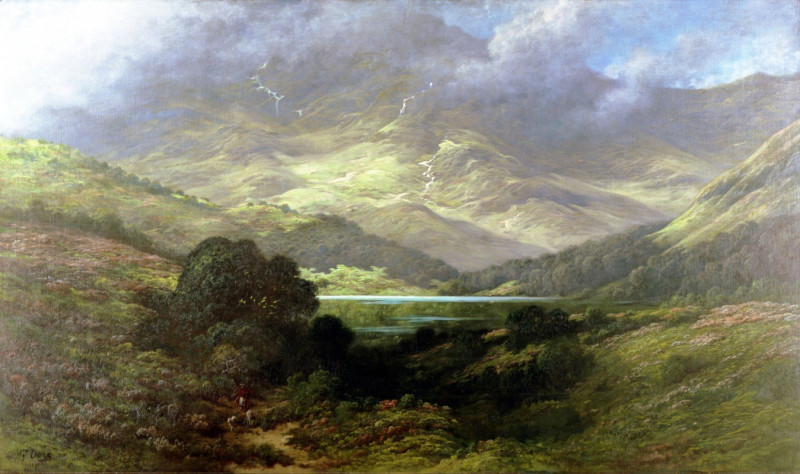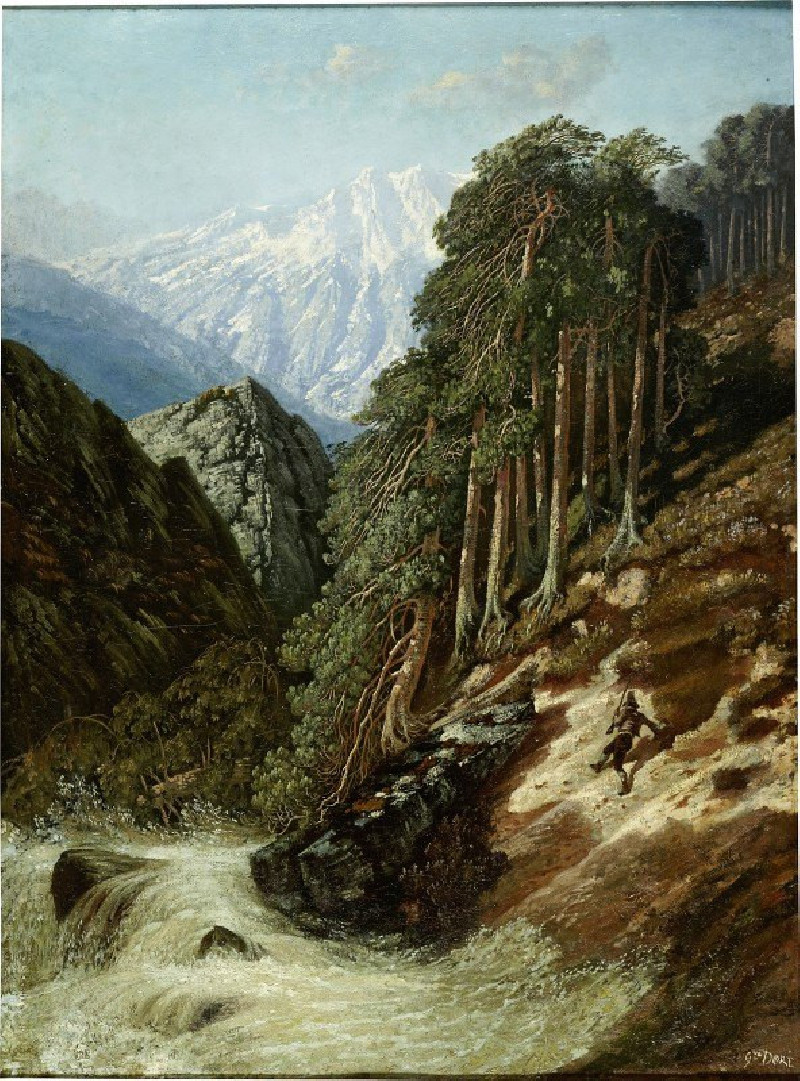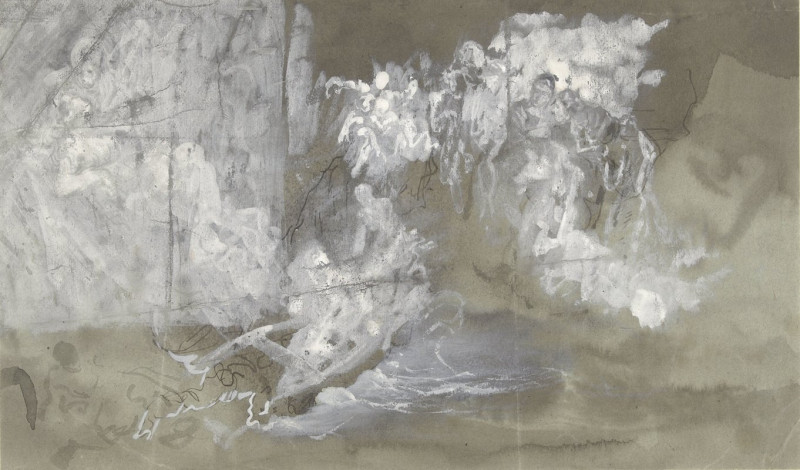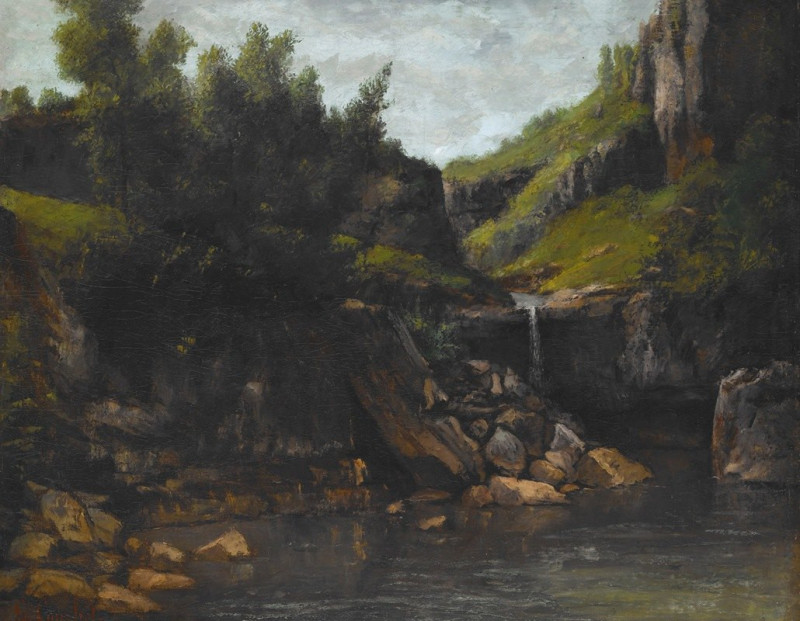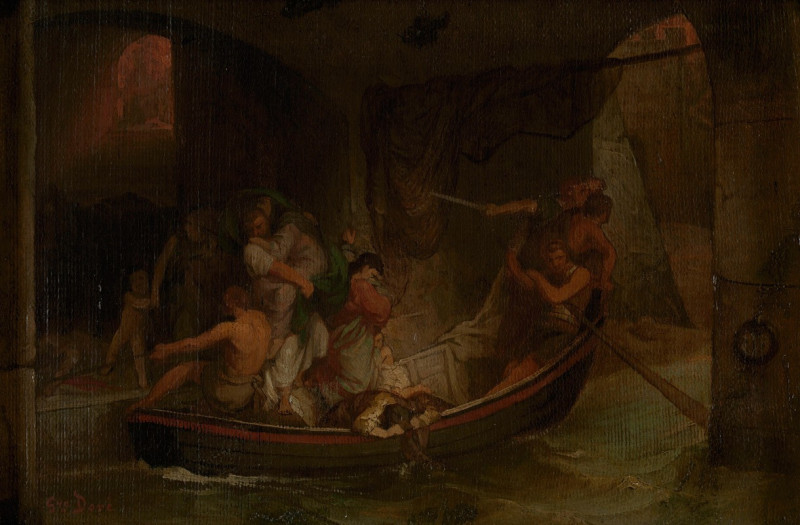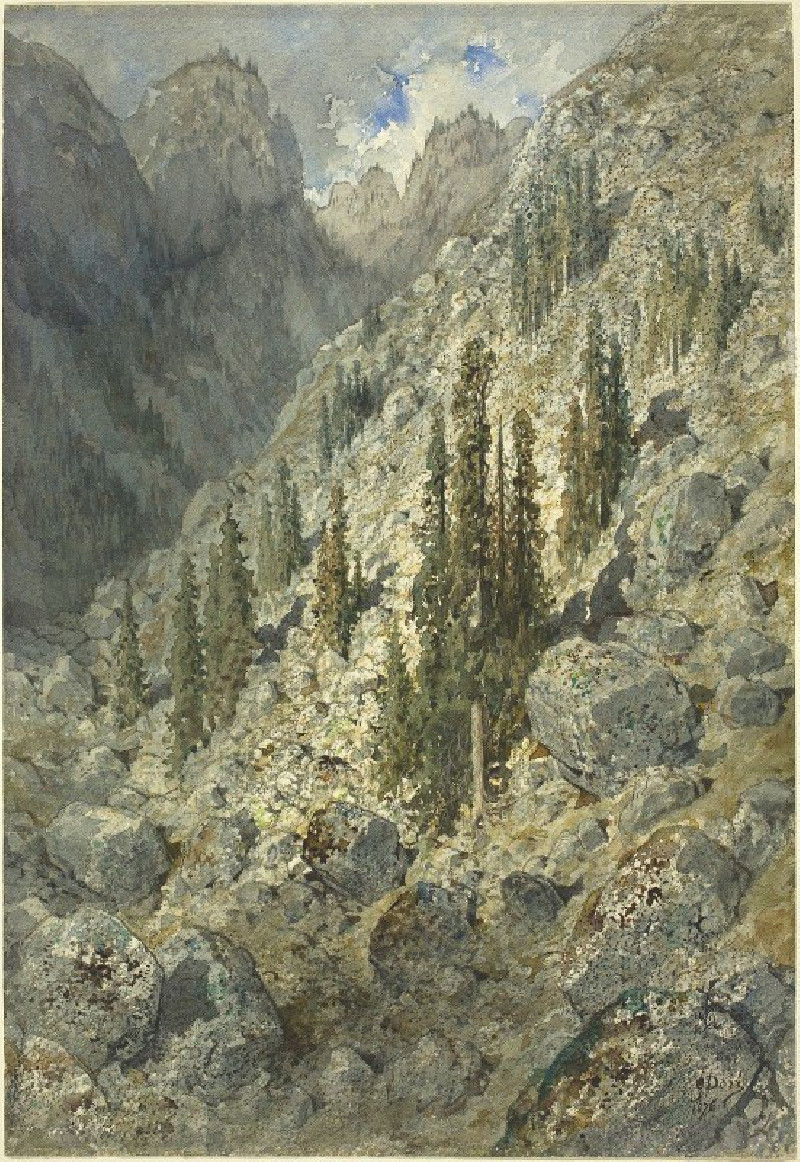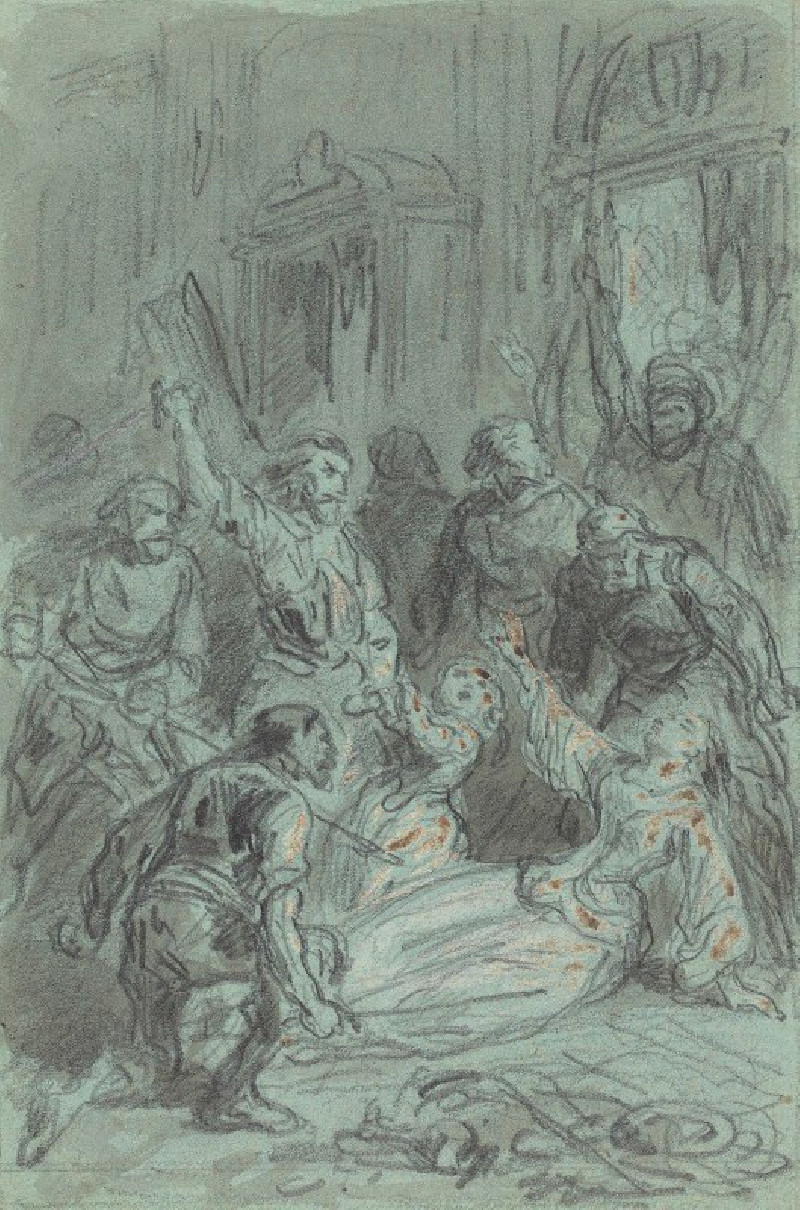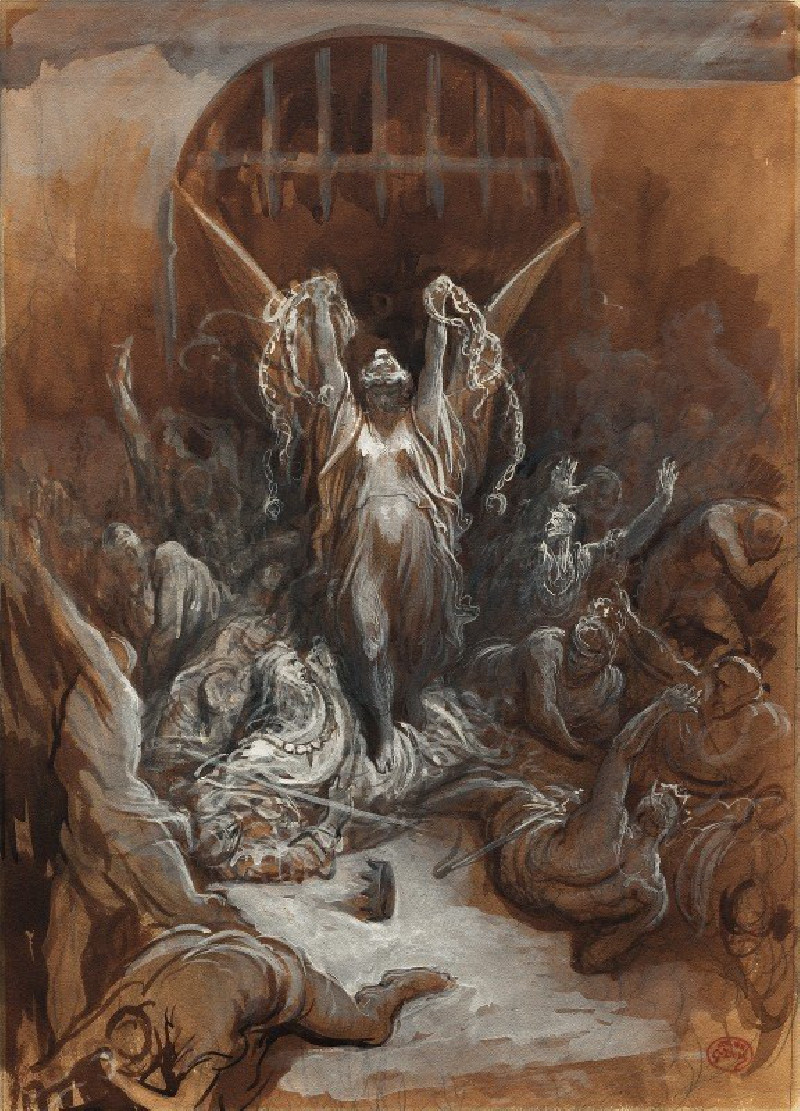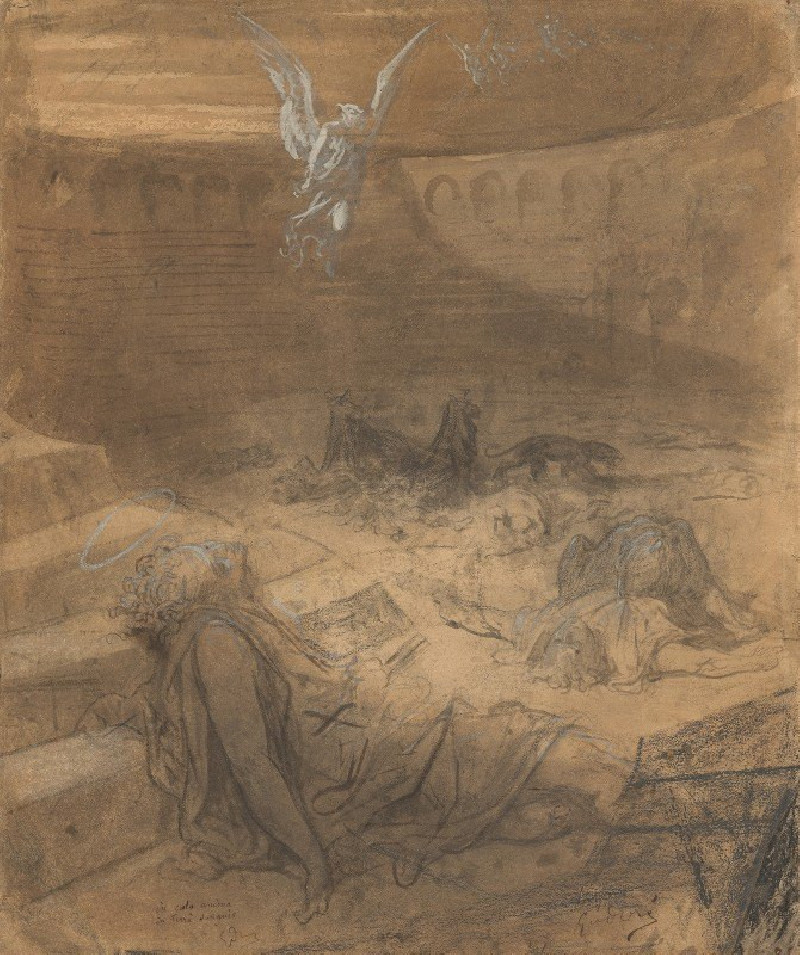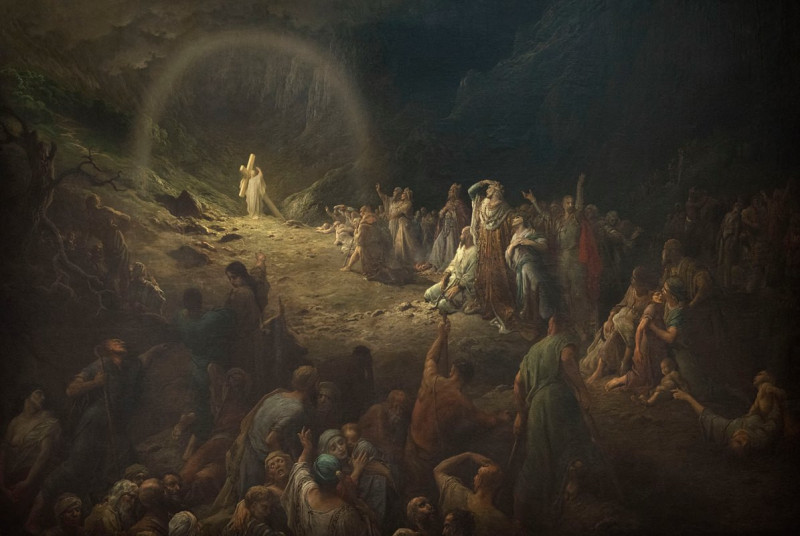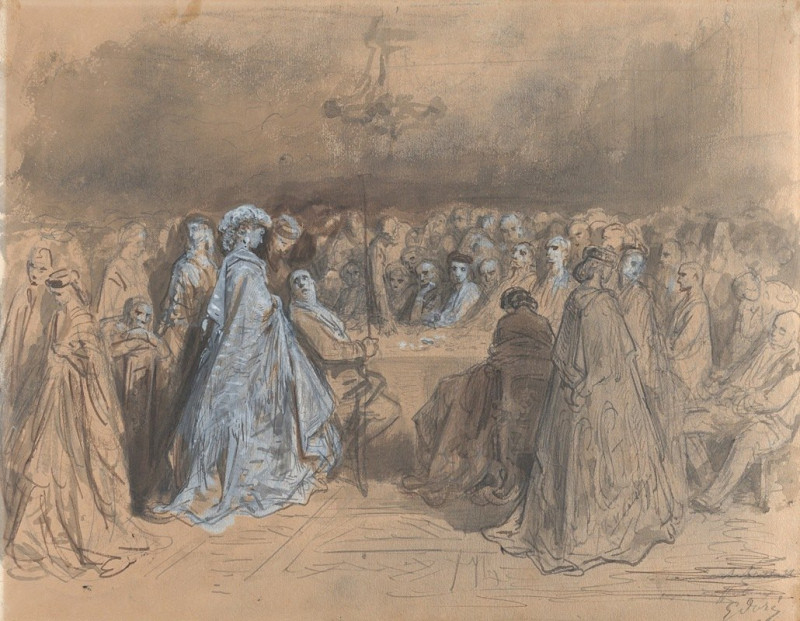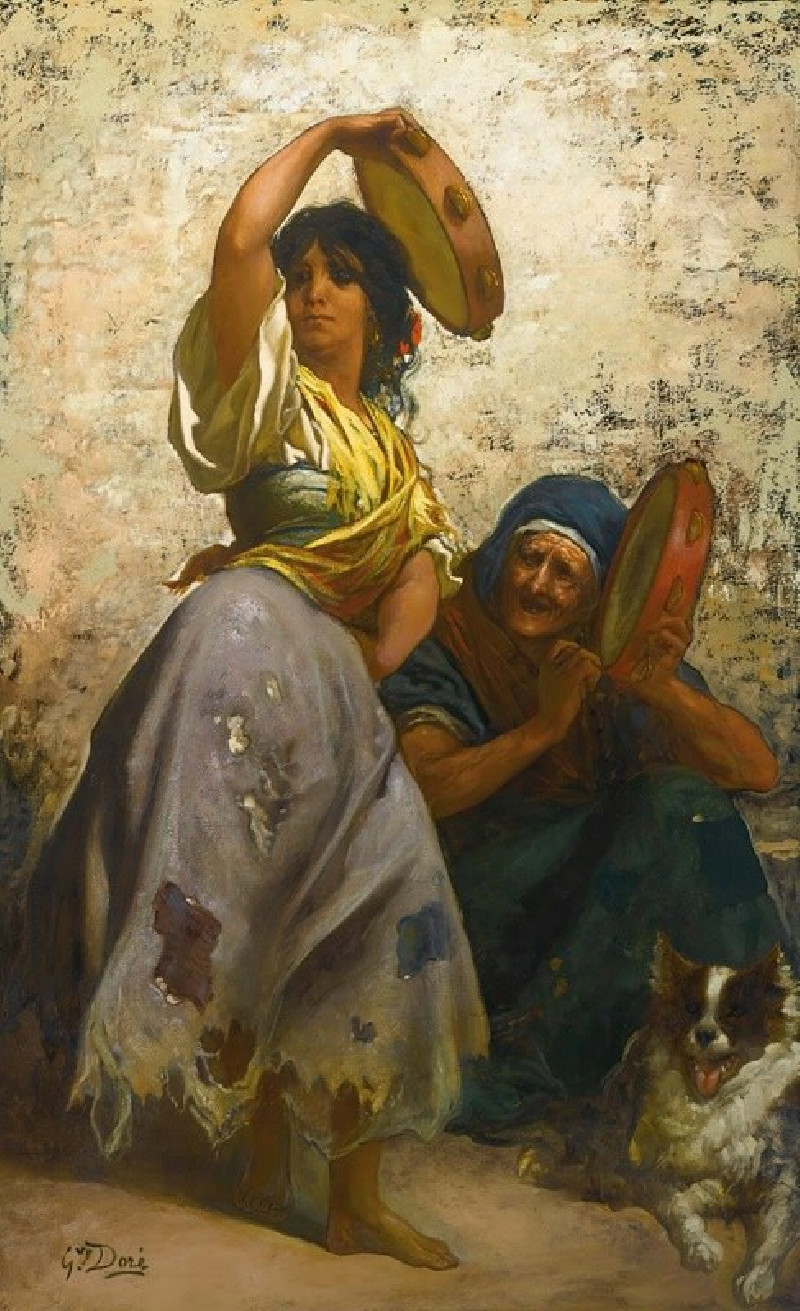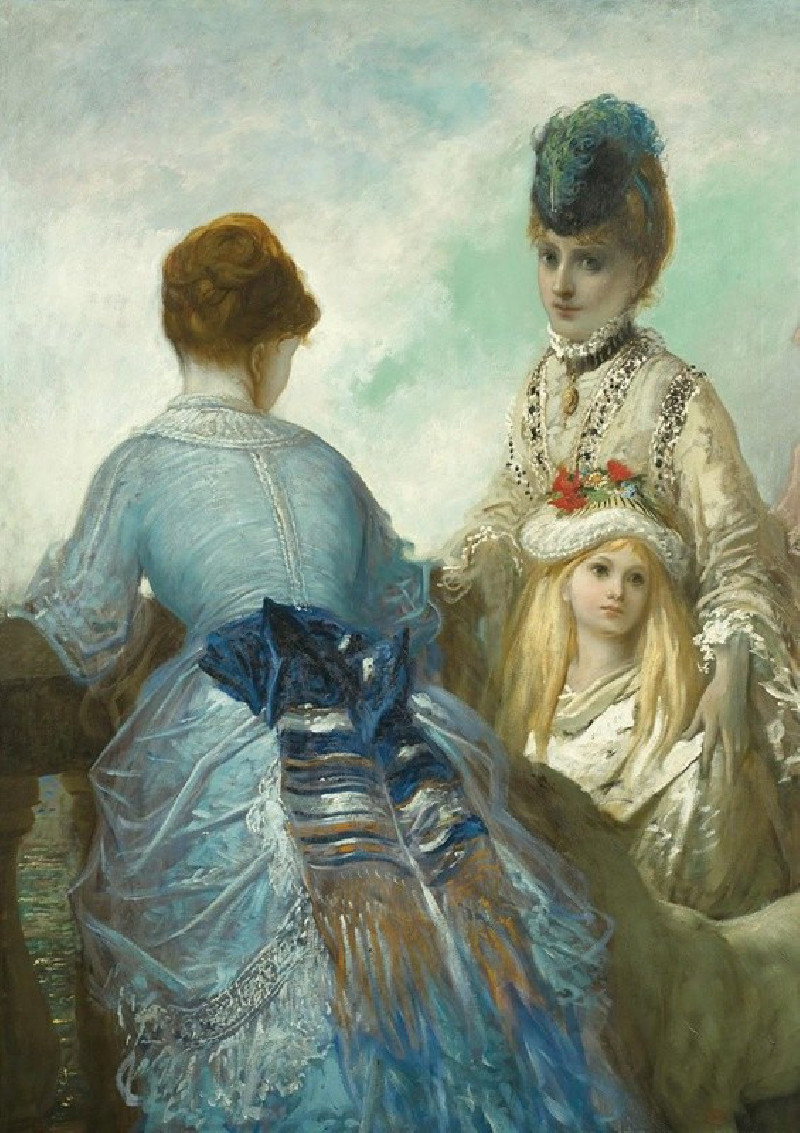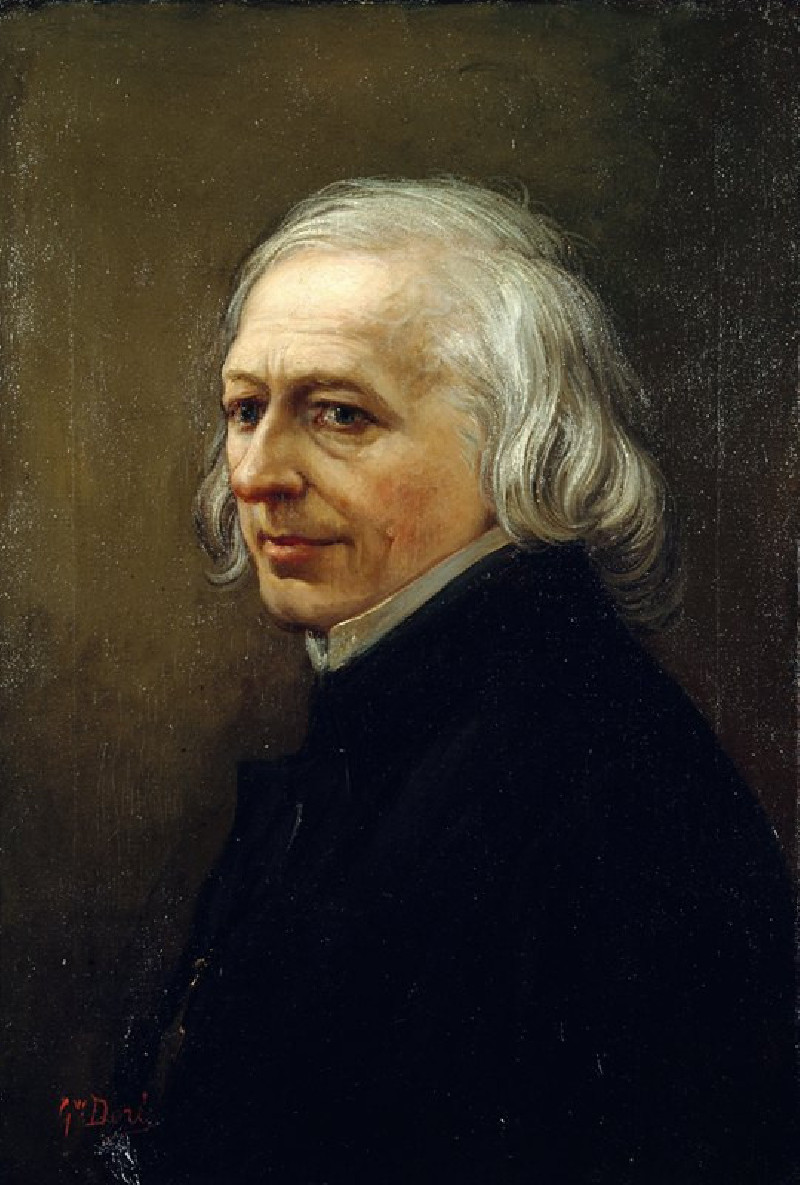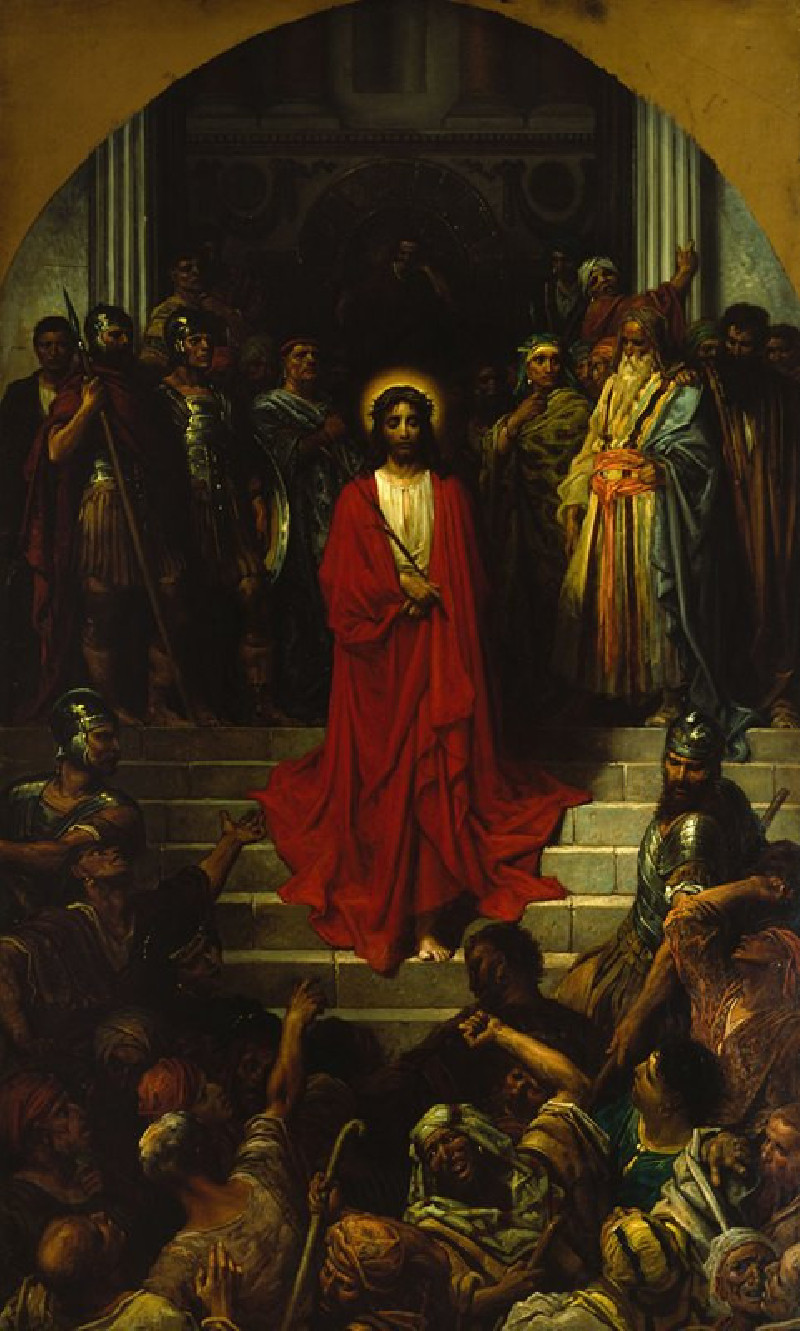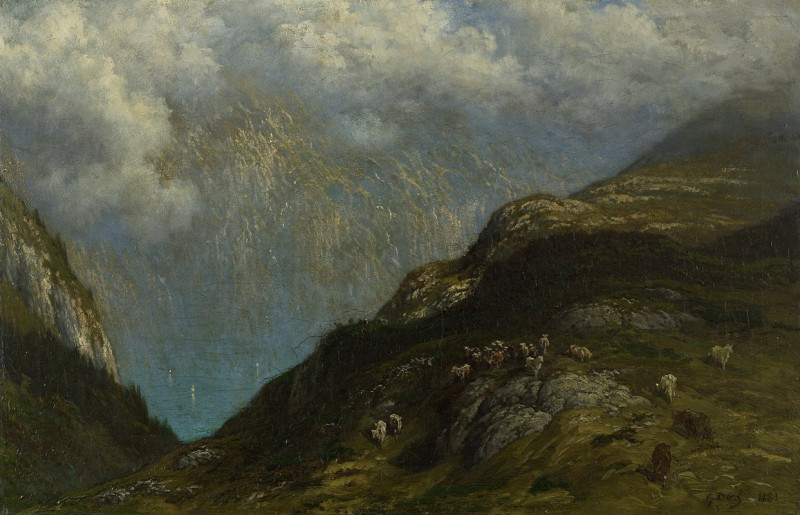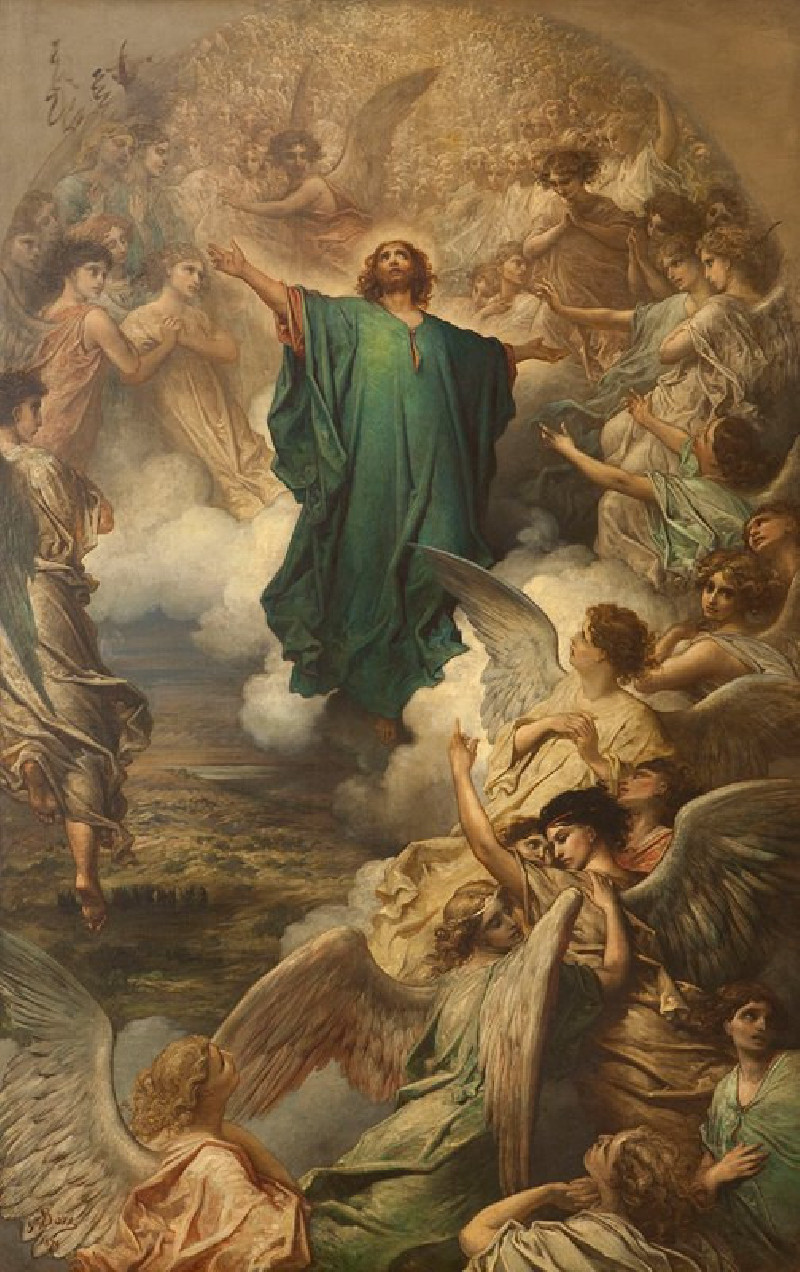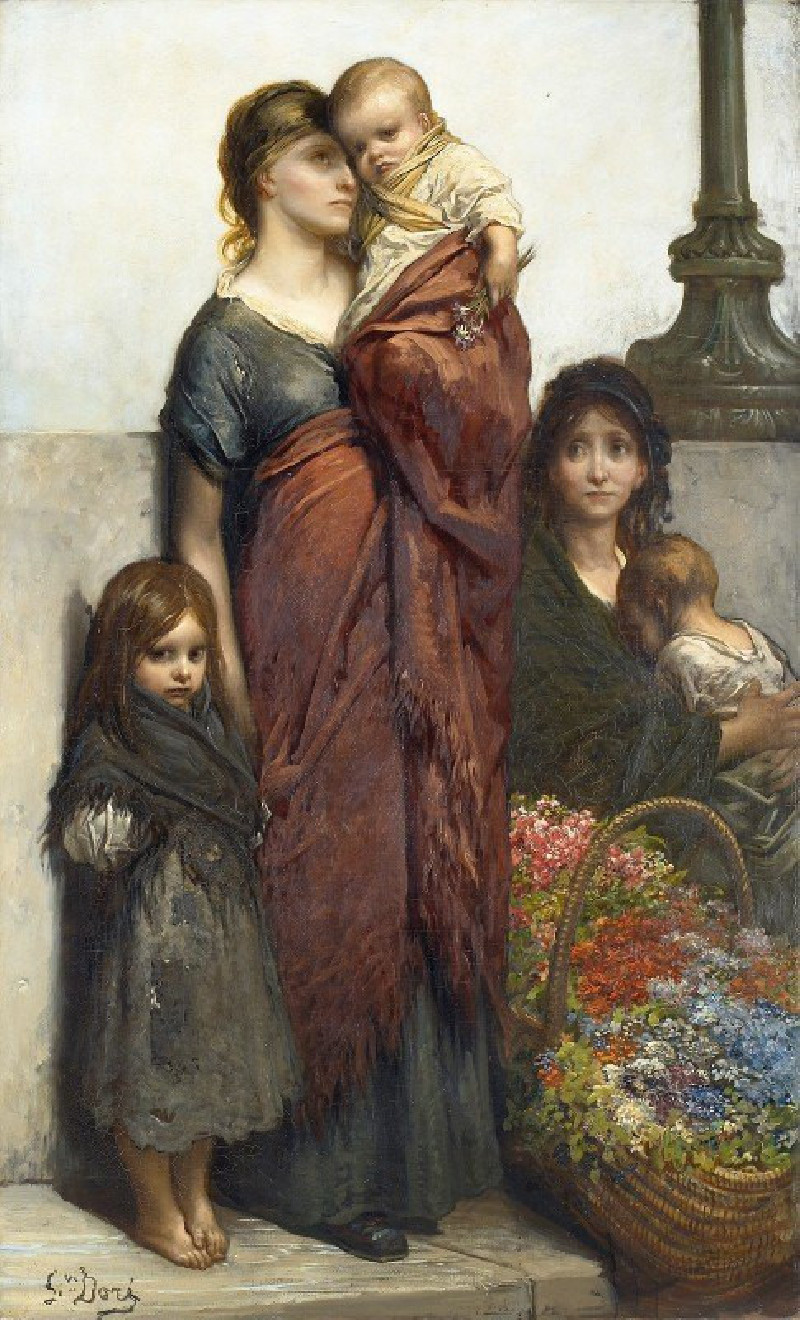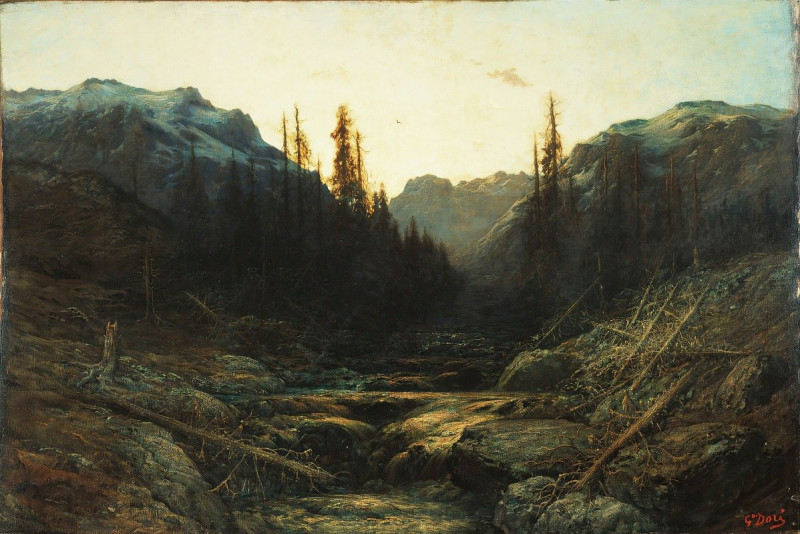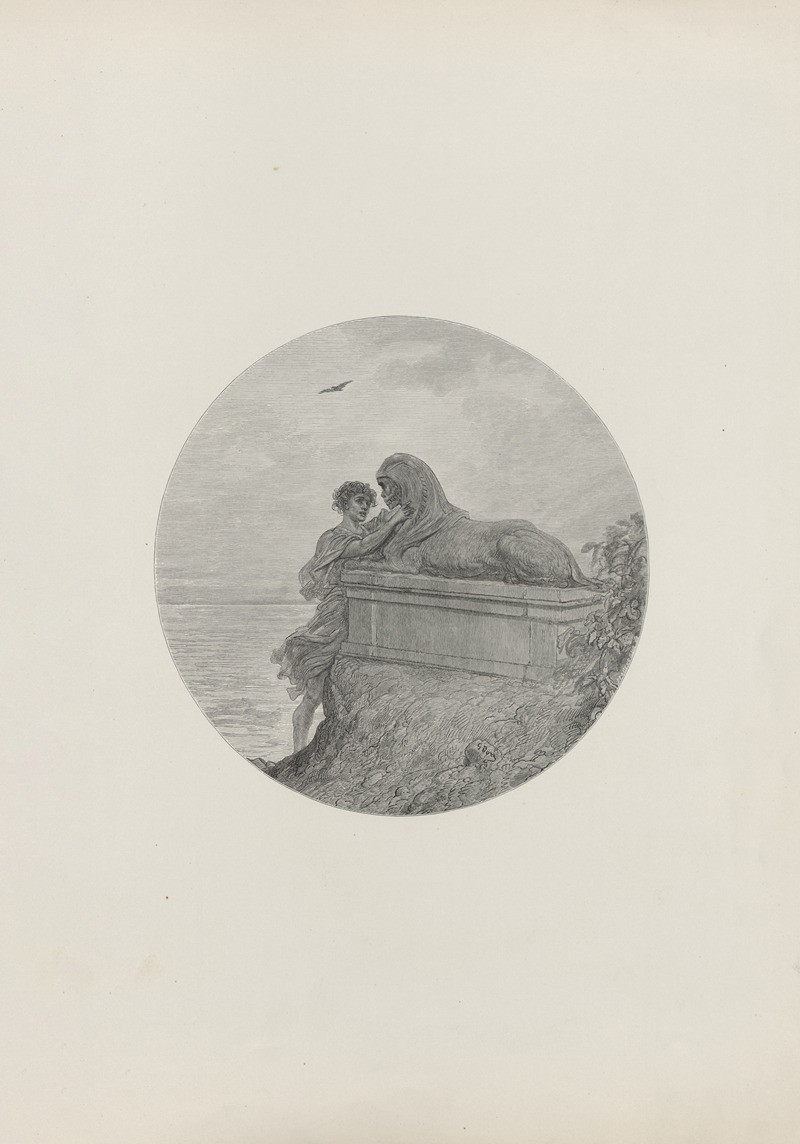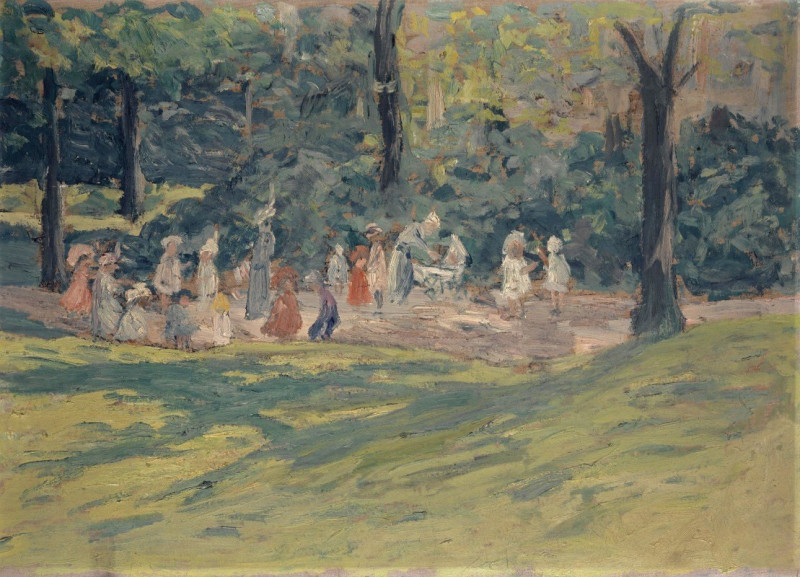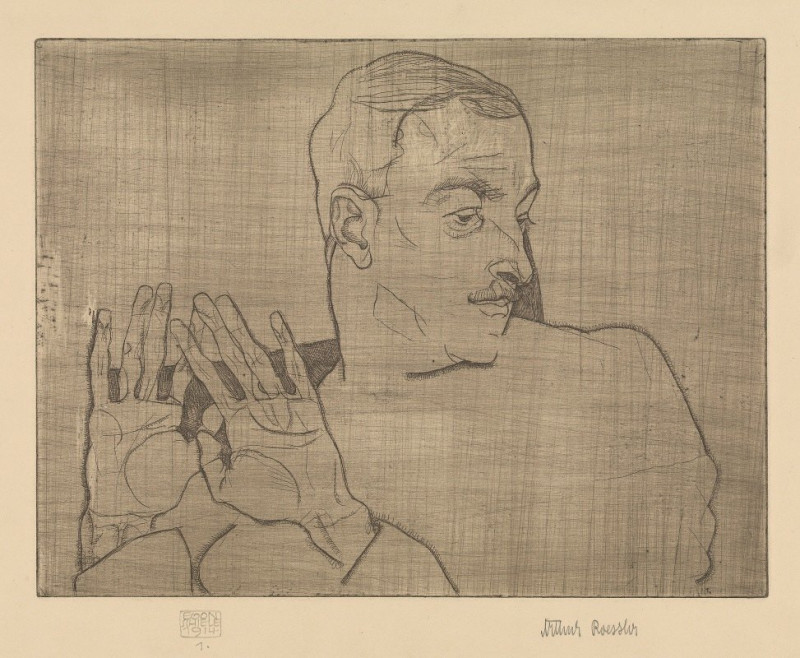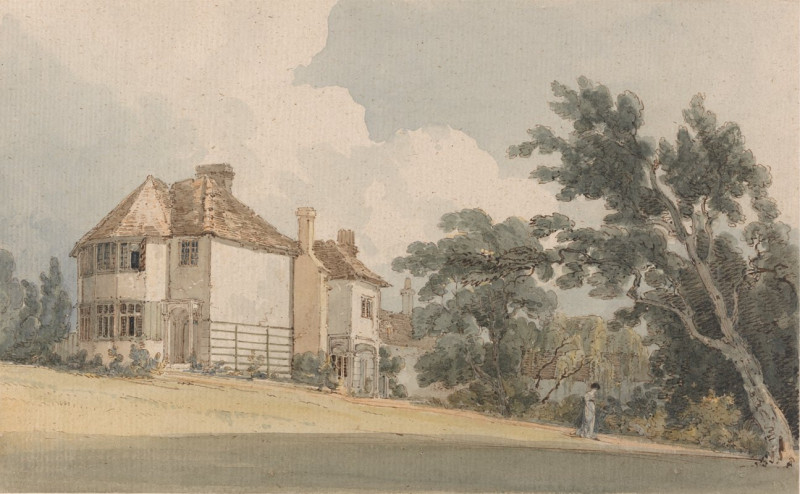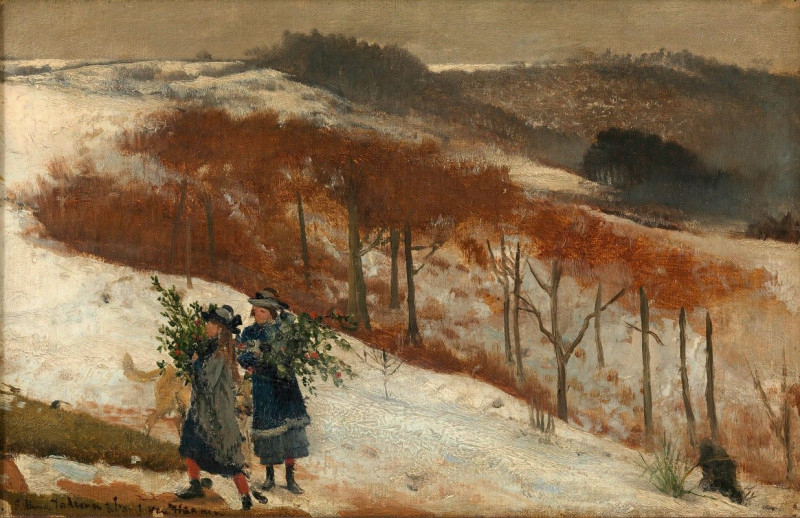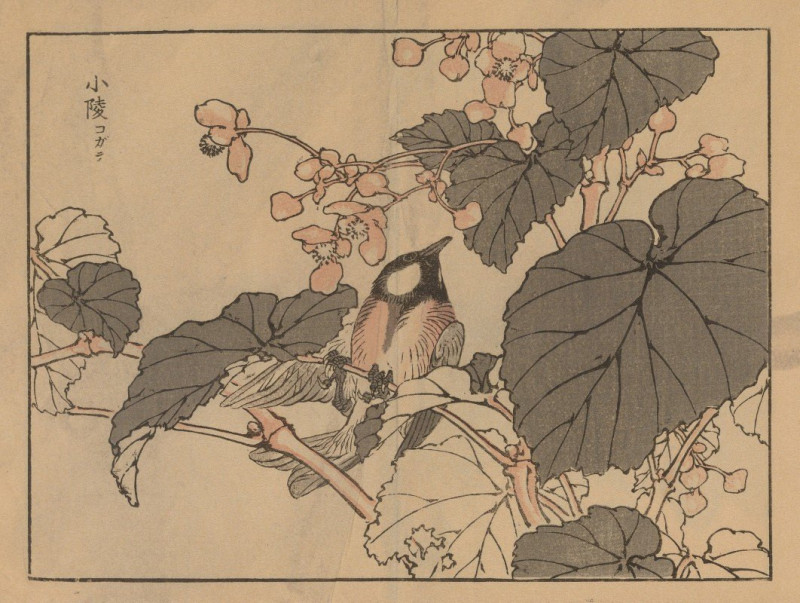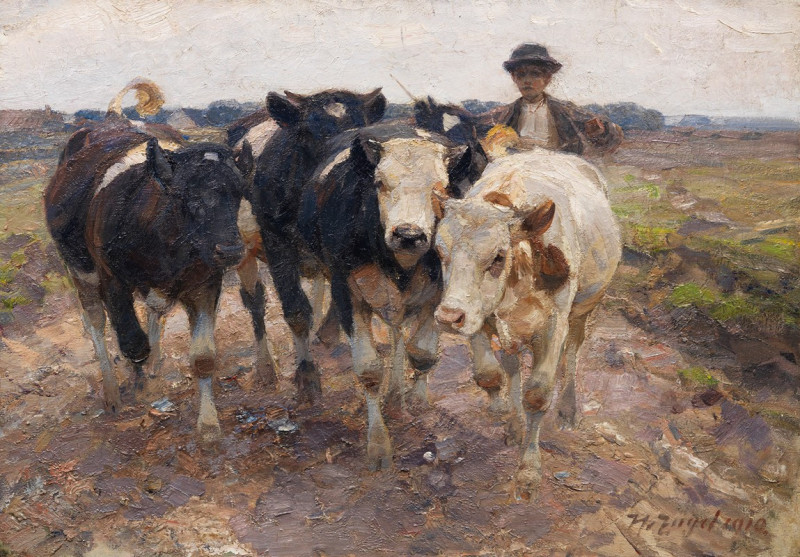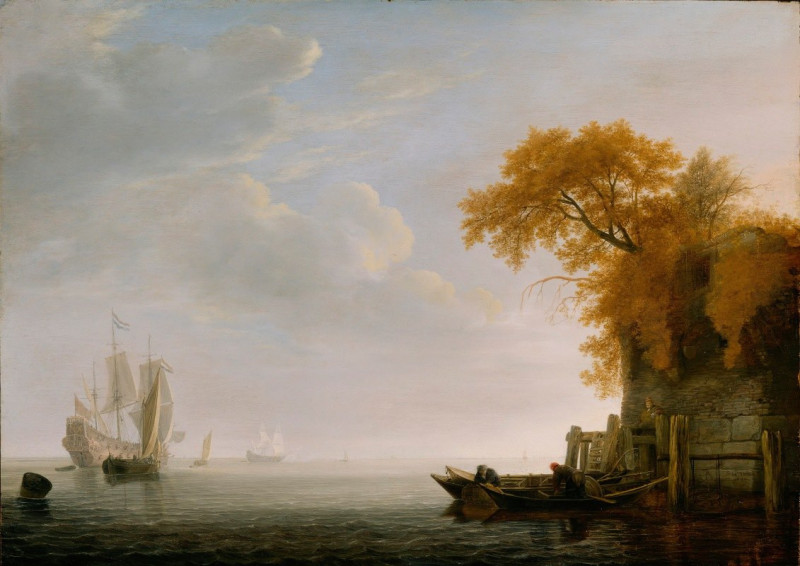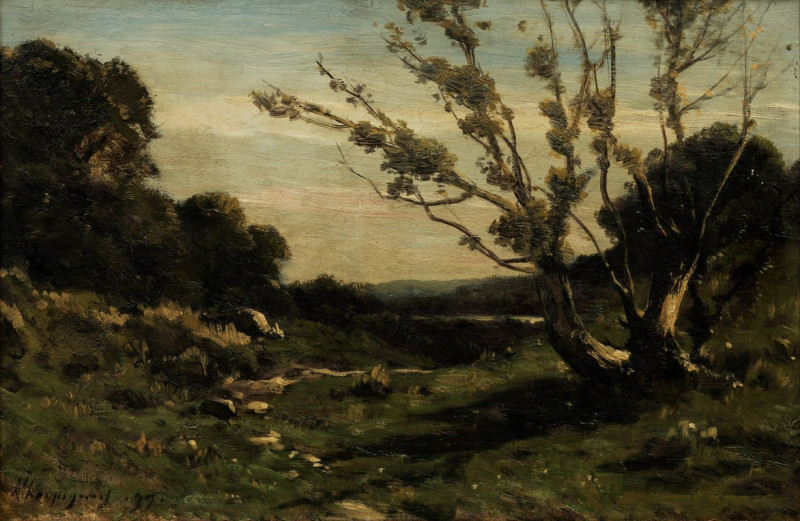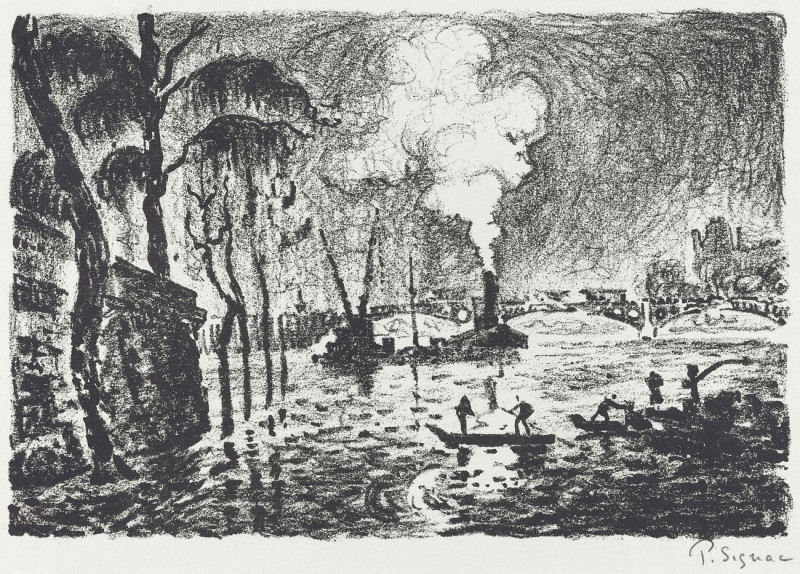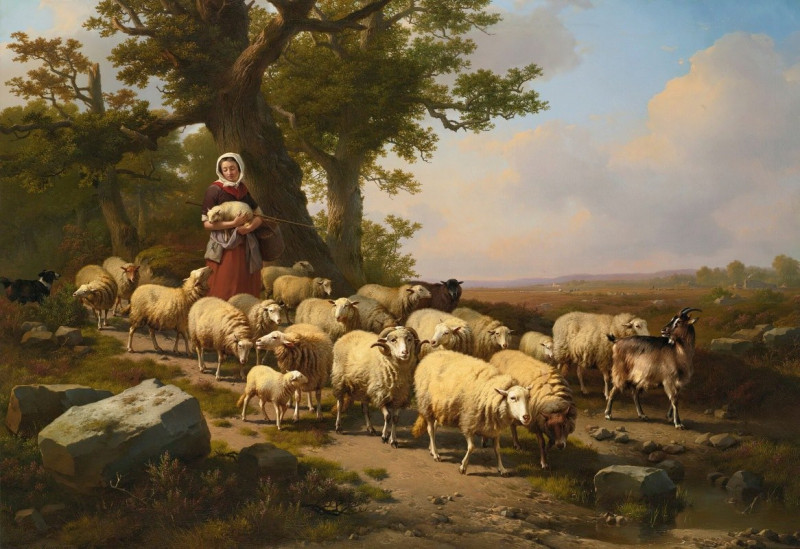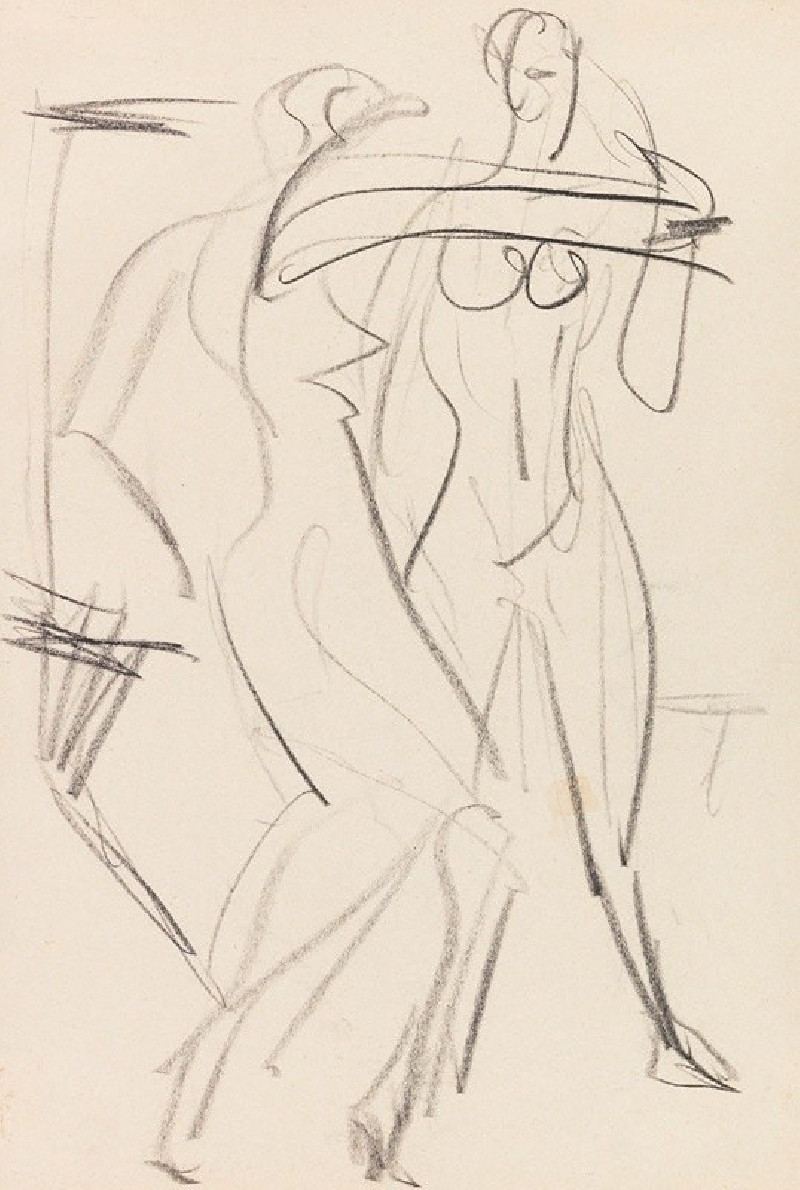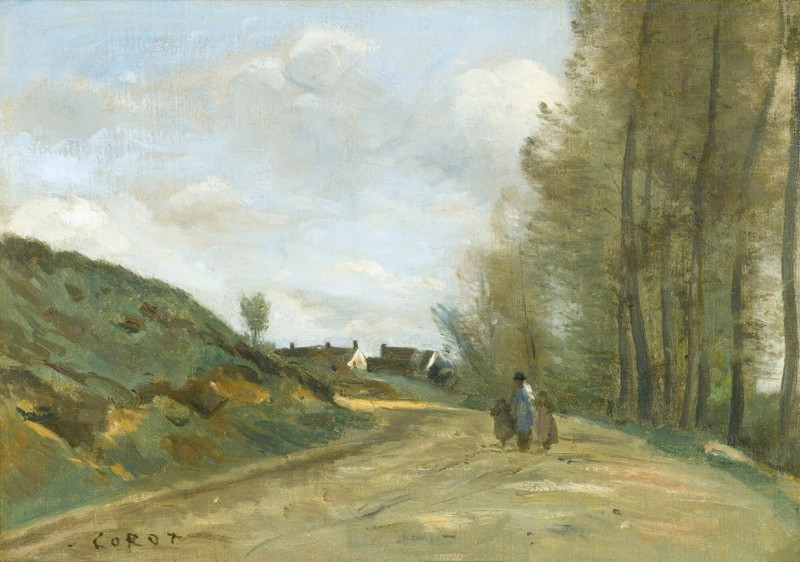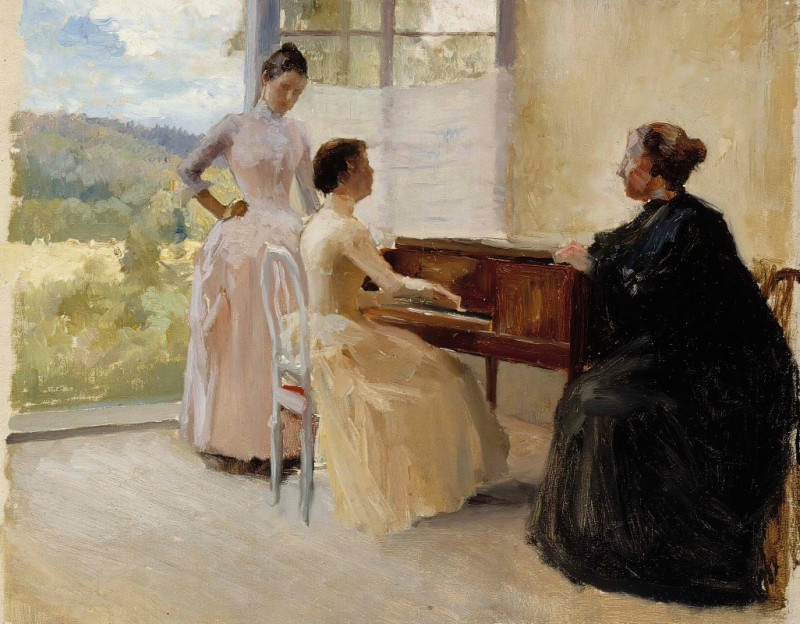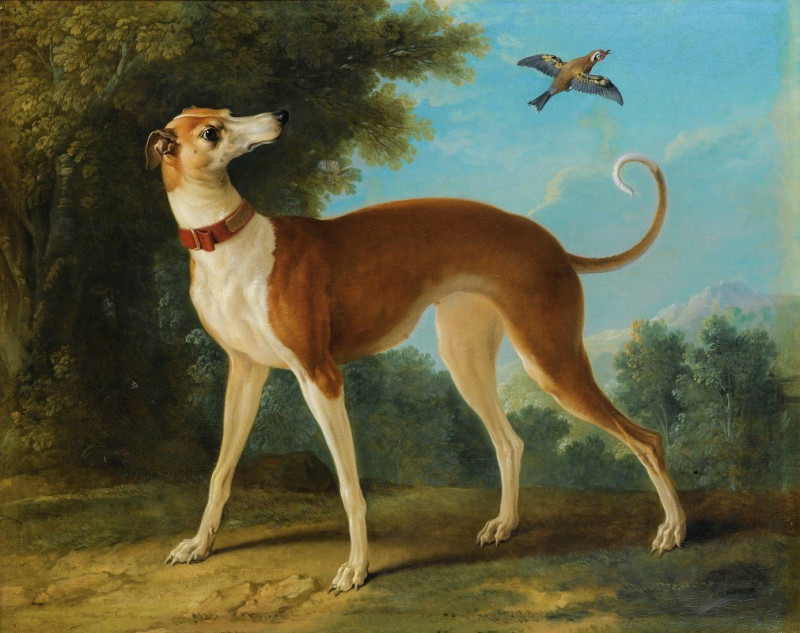Don Quixote and Sancho Panza Entertained by Basil and Quiteria (1863)
Technique: Giclée quality print
Recommended by our customers
More about this artwork
In the captivating painting "Don Quixote and Sancho Panza Entertained by Basil and Quiteria," created by Gustave Doré in 1863, viewers are treated to a vivid and intimate portrayal that encapsulates the essence of chivalric and folkloric storytelling. This artwork is a masterful representation of an episode from Miguel de Cervantes’s revered novel, "Don Quixote."The scene takes place in a humble, rustic interior, evocative of a Spanish peasant home. The focal point of the composition is Don Quixote himself, reclining in a chair, his expression one of rapt attention or perhaps slight bewilderment. His loyal squire, Sancho Panza, sits to his right, equally engrossed by the spectacle before them.Central to the action are Basil and Quiteria, two characters from the novel who are performing a scene to entertain their guests. Basil, dressed in a vibrant costume that echoes the attire of a traditional Spanish folk hero, energetically gestures as he engages with Quiteria, who is clad in richly colored and textured garments that suggest a celebration or festivity.Surrounding these main characters are other figures, possibly local villagers, who add depth and context to the scene. Their varied expressions and engagement with the central performance tell a story of community and shared entertainment, a moment of joy and escapism in their otherwise mundane lives.Gustave Doré’s skillful composition and use of lighting focus the viewer’s attention on the interactions between the characters, while the detailed costumes and interior setting provide a sense of authenticity and timelessness.
Delivery
Returns
Paul Gustave Louis Christophe Doré (6 January 1832 – 23 January 1883) was a French printmaker, illustrator, painter, comics artist, caricaturist, and sculptor. He is best known for his prolific output of wood-engravings illustrating classic literature, especially those for the Vulgate Bible and Dante's Divine Comedy. These achieved great international success, and he became renowned for printmaking, although his role was normally as the designer only; at the height of his career some 40 block-cutters were employed to cut his drawings onto the wooden printing blocks, usually also signing the image.

